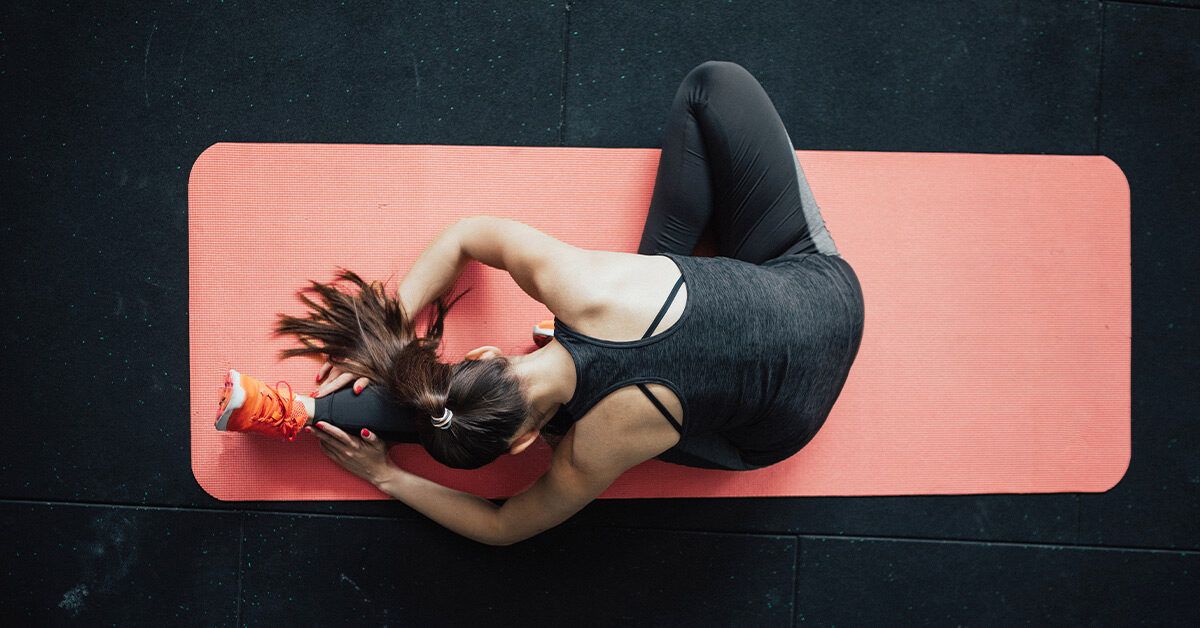Gaining flexibility is one of the most valuable yet often overlooked fitness goals. Whether you’re doing it to relieve pain, improve posture, boost athletic performance, or simply move more freely, flexibility doesn’t come overnight. The real question most people ask is, “How long will it take?” The truth is, it varies widely from person to person.
While some improvements can show in a few weeks, major changes often take months of consistent effort. Genetics, age, activity level, and even diet all influence how quickly your body adapts. But with the right approach, anyone can make meaningful progress.
What Determines How Flexible You Are?
Genetics
Your natural flexibility is largely influenced by your genetic makeup. Factors like joint structure, muscle length, and connective tissue elasticity are things you’re born with. Some people have looser joints or more elastic tissues by default.
Age
As we age, we naturally lose elasticity in our muscles and tendons. Reduced collagen levels and muscle mass can make it harder to stretch. Younger individuals tend to progress faster, but older adults can still improve significantly with consistent effort.
Gender
Women are generally more flexible than men, mostly due to hormonal differences like higher levels of estrogen, which supports collagen in connective tissues.
Hypermobility
Some individuals are born with hypermobility, a condition where joints move beyond the normal range. While this may appear as flexibility, it’s more about joint looseness than muscular flexibility and can lead to instability if not managed properly.
So, How Long Does It Take to Get Flexible?
If you’re stretching consistently 3 to 5 times a week, you might start noticing some improvements within 2 to 3 weeks. However, if your goal is deep flexibility—like touching your toes or doing splits—it could take several months or even over a year depending on your starting point and dedication.
The key is consistency. Flexibility gains aren’t something you can rush, but they do come with patient effort and correct technique.
Best Types of Stretching to Improve Flexibility
Dynamic Stretching
These are controlled, active movements that take your muscles through their full range of motion. Examples include leg swings, arm circles, or walking lunges. They’re ideal before a workout to prepare your body for movement.
Static Stretching
This involves holding a stretch for 15–30 seconds after a workout. It helps cool the body down and lengthens tight muscles. Hamstring and calf stretches fall under this category.
Active Stretching
You hold a stretch using the strength of your own muscles, without external help. It helps build both flexibility and stability. Yoga poses like Warrior II and Downward Dog are examples.
Passive Stretching
This type of stretching involves using an external force such as a partner, strap, or prop to deepen the stretch. It’s especially useful if you’re tight or recovering from injury.
How Long Should You Hold a Stretch?
For general fitness, hold each stretch for about 15 to 30 seconds and repeat it 2 to 4 times. If you’re older or dealing with chronic tightness, holding for 45 to 60 seconds may bring better results.
Stretching too quickly or without proper alignment can lead to injuries. So take your time, breathe through the stretch, and avoid bouncing or jerky movements.
Can Diet Help You Get Flexible Faster?
Yes, diet plays a role. Hydrated muscles and well-fed connective tissues respond better to stretching. Here’s how nutrition helps:
- Protein: Supports muscle repair and growth, which keeps your body resilient
- Healthy fats: Maintain joint health and reduce inflammation
- Complex carbs: Provide sustained energy for your workouts
- Hydration: Keeps tissues supple and prevents cramping
Antioxidants from fruits and vegetables also reduce inflammation, helping your body recover faster after stretching sessions.
Tips to Speed Up Flexibility Progress
Focus on Relaxation
Stretching works best when the body is relaxed. If you’re tense, your muscles resist the stretch. Avoid holding your breath or clenching muscles during a stretch. Your face, jaw, and shoulders should all stay soft.
Use Muscle Engagement
Instead of just passively holding a stretch, actively engage muscles. For example, when stretching hamstrings, tighten your quads. This activates the opposing muscle and helps deepen the stretch safely.
Incorporate Stretching into Daily Life
Don’t save stretching for just after workouts. Stretch for a few minutes in the morning, before bed, or even during work breaks. Consistency throughout the day builds progress faster than one long session a week.
Listen to Your Body
Progress will come faster if you avoid injury. If a stretch feels sharp, painful, or causes numbness, back off. Stretching should feel like mild tension, not strain.
Include Yoga or Mobility Training
Yoga blends flexibility, strength, and breath control. Incorporating a few sessions per week can fast-track your results, especially if you’re looking to improve full-body movement.
Final Thoughts
Improving flexibility is a slow and steady process, but one that delivers long-term benefits. Whether you’re an athlete, office worker, or just someone wanting to move better, adding flexibility training to your routine will pay off in reduced injury risk, better posture, and increased comfort in daily activities.
There’s no universal timeline, but with patience, correct technique, and consistent practice, you’ll see meaningful results. So don’t rush the process—enjoy it. Every session brings you one step closer to a more mobile, pain-free body.










